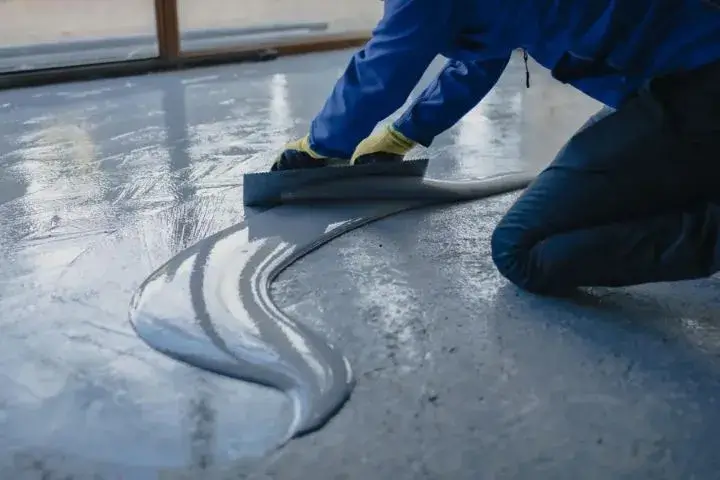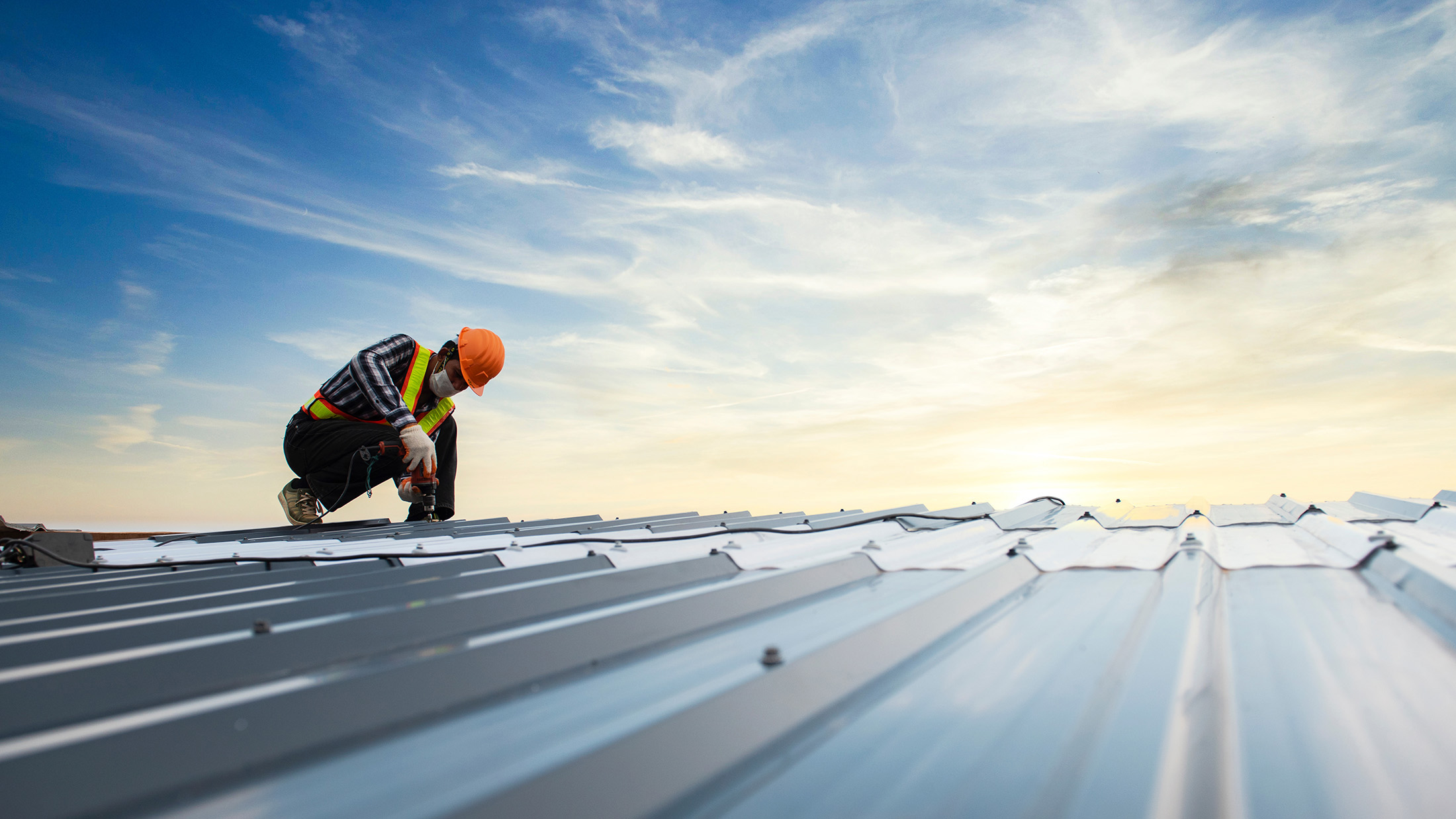Kinds of Waterproofing: Discovering the Various Techniques and Their Applications
Waterproofing is a vital element of construction and upkeep. It shields frameworks from the damaging results of water damages. There are a number of techniques offered, each with its special applications and advantages. From membrane layer systems to cementitious services, recognizing these options is vital for efficient application. The choice of waterproofing method can significantly influence resilience and durability. Discovering these various methods exposes their unique advantages and prospective challenges, prompting additional factor to consider of suitable options.
Membrane Waterproofing Systems
Membrane layer waterproofing systems work as a vital barrier versus water invasion in various frameworks. These systems normally include thin sheets made from materials like rubber, polycarbonate, or asphalt, which are used to surface areas to stop dampness penetration. They can be set up over or listed below quality and are especially effective in areas susceptible to high water direct exposure, such as cellars, roofings, and foundations.The setup process includes cleaning the substratum, applying adhesives or guides, and exactly suitable the membrane layer to ensure complete insurance coverage. Membrane systems can be either fully stuck, mechanically attached, or laid loose, depending upon the particular needs of the project. They supply sturdiness and flexibility, accommodating architectural activities without jeopardizing their waterproofing abilities. Furthermore, these systems can be strengthened with added layers for improved defense. Inevitably, membrane layer waterproofing systems are essential for safeguarding frameworks versus water damage and preserving lasting stability.
Liquid-Applied Waterproofing Coatings
Liquid-applied waterproofing finishings supply a functional option for shielding surface areas from water infiltration - Yard drainage Omaha. These coatings include fluid materials that, when used, form a seamless, versatile membrane layer. Their versatility permits application on various substrates, including concrete, steel, and timber. The layers can be utilized in diverse settings, from domestic to commercial settings, making them suitable for roofs, foundations, and below-grade structures.One significant advantage of liquid-applied layers is their capacity to satisfy irregular shapes and penetrate cracks, producing a robust barrier against dampness. They usually display exceptional bond homes and resistance to UV radiation, guaranteeing long life and sturdiness. In addition, the application procedure is generally simple, permitting for fast installation and decreased labor costs. This approach likewise decreases the threat of water merging, as the continual layer efficiently directs water away from at risk areas. In general, liquid-applied waterproofing finishings are an effective option for detailed water security
Cementitious Waterproofing Solutions

Cementitious waterproofing options offer a robust choice for structures requiring trusted wetness protection. These systems primarily use a mix of cement, sand, and chemical ingredients to create a waterproof barrier. They are typically put on surface areas such as concrete wall surfaces, structures, and floors, providing a durable, long-lasting protection versus water intrusion.One of the crucial benefits of cementitious waterproofing is its convenience of application; it can be used making use of a brush, roller, or spray, making it appropriate for different project sizes. Additionally, this method works with several surfaces and can frequently be made use of combined with various other waterproofing techniques.Cementitious solutions are especially efficient in settings where water direct exposure is an issue, such as cellars or below-grade frameworks. Their excellent adhesion properties ensure that they bond well with substratums, offering a strong and impenetrable layer against moisture infiltration.
Bentonite Waterproofing
Bentonite waterproofing is an extremely effective technique that uses salt bentonite clay to produce an all-natural obstacle against water. This strategy manipulates the distinct residential or commercial properties of bentonite, which broadens upon call with water, sealing any potential leaks and visit the website stopping wetness seepage. It is generally made use of in different applications, including structure wall surfaces, tunnels, and maintaining walls, where water resistance is essential.Bentonite can be applied in a number of types, such as panels or blankets, providing versatility in installment. Its capacity to self-seal makes it an attractive option for areas based on changing dirt or rising and falling water levels. Furthermore, bentonite waterproofing is eco-friendly, as it is a natural product that does not present damaging chemicals into the surroundings.
Water Drainage and Exterior Waterproofing Equipments
Effective waterproofing typically entails a mix of strategies, consisting of drainage and external systems. Water drainage systems, such as French drains pipes and sump pumps, are designed to redirect water away from structures, minimizing hydrostatic pressure against foundations. These systems are vital in stopping water buildup that can bring about structural damage and mold and mildew growth.External waterproofing, on the various other hand, includes using safety barriers to the building's exterior. Techniques such as the installment of water resistant membranes, finishings, or sealants can assist stop water infiltration. This technique not only safeguards the structure yet additionally boosts the total resilience of the structure.Together, drainage and exterior waterproofing systems form a comprehensive option to manage water successfully. By carrying out these techniques, residential property proprietors can protect their investments versus the harmful impacts of moisture, ensuring lasting security and safety for their buildings.
Frequently Asked Questions
How Do I Choose the Right Waterproofing Approach for My Job?
Picking the right waterproofing technique depends on aspects such as task kind, ecological problems, budget plan, and preferred long life. Reviewing these elements allows for informed choices customized to specific requirements and requirements.

Can Waterproofing Be Applied in Cold Climate Conditions?
Waterproofing can be used in winter conditions, but it calls for details materials and techniques. Cold temperatures might influence healing times and adhesion, necessitating careful option of products created for low-temperature application.
What Are the Typical Indicators of Waterproofing Failure?
Typical indicators of waterproofing failing consist of visible water discolorations, peeling paint, wet odors, mold and mildew growth, and splits in walls or foundations. Foundation waterproofing Omaha. These signs recommend that dampness is passing through the barrier, compromising its performance
How Much Time Does Waterproofing Last Prior To Requiring Upkeep?
The durability of waterproofing differs, generally lasting between 5 to one decade. Factors such best waterproofing for roof as material high quality, ecological conditions, and upkeep methods affect its longevity, demanding regular evaluations to ensure efficient security versus water invasion.
Are There Eco-Friendly Waterproofing Options Available?
The concern of green waterproofing alternatives discloses an expanding passion in sustainable products (Sump pump installation & replacement Omaha). Different all-natural materials, such as plant-based sealers and recycled products, use efficient remedies while reducing ecological impact, appealing to my site environmentally aware consumers